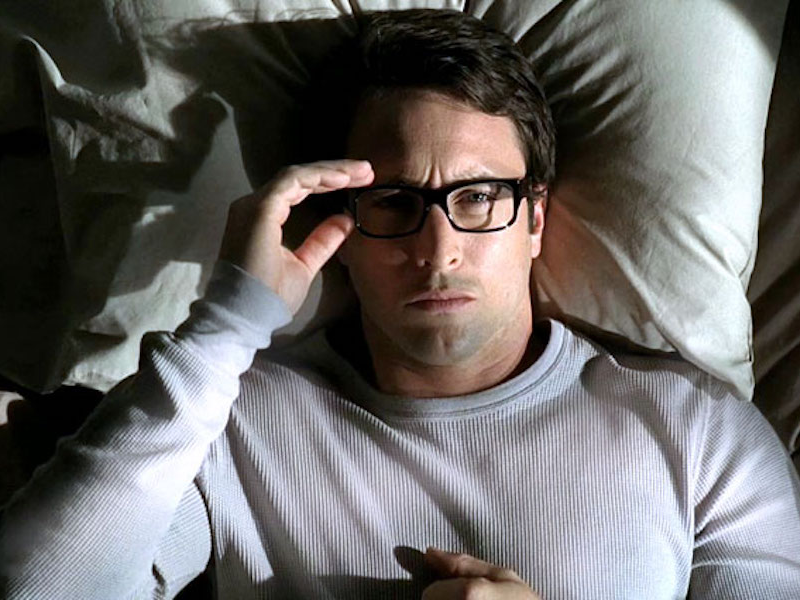- Like many fictionalized crime shows, “Criminal Minds” seems to get some inspiration from real-life cases.
- The murderer in one particular episode of the series seems to mirror the notorious killer Jeffrey Dahmer.
- Another episode of the show tells the story of a murderous Canadian pig farmer, a character whose crimes were similar to those of real-life serial killer Robert Pickton.
In its 14-year history, prime-time drama “Criminal Minds” has created over 250 episodes about serial murderers, kidnappings, and other crimes worthy of FBI investigations. Although many of the show’s storylines are fictional, some of the bad guys seem to mirror real-life criminals like Ted Bundy or Richard Ramirez.
Here are 11 episodes of “Criminal Minds” that appear to be inspired by real-life crimes and the people who committed them.
Editor’s note: This post contains descriptions of violence that may be disturbing for some readers.
The Lipstick Killer seems to be the inspiration behind “The Big Wheel” (season four, episode 22).
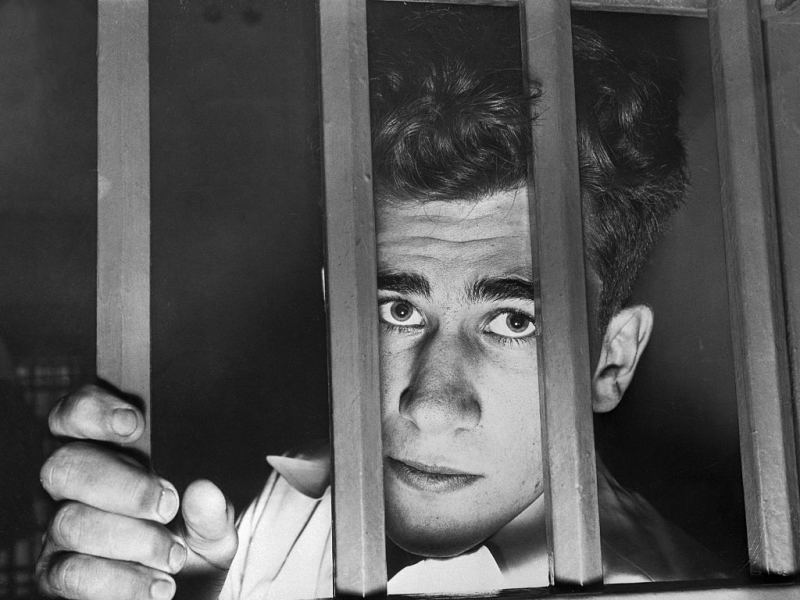
In season four, episode 22, fictional suspect Vincent Rowlings stabbed women and left the message “help me” in red asking for someone to stop him from murdering more people.
The episode appears to have been inspired by the so-called "Lipstick Killer," William Heirens.
Heirens was initially tied to the murder of Suzanne Degnan, a 6-year-old girl, who was found to have been strangled, dismembered, and left in a basement nearby her home. After arresting Heirens on burglary charges, investigators said Heirens' fingerprints matched a ransom note left at the young girl's home.
He was later tied by authorities to two other murders that had happened six months prior, that of Josephine Ross and Frances Brown. According to the New York Times, at the murder scene of Brown, the words "For heaven's sake catch me before I kill more. I cannot control myself" were written in lipstick on the wall.
Heirens eventually pleaded guilty to the three murders in 1946 in exchange for three consecutive life terms, but later recanted and maintained his innocence for the rest of his life. According to the New York Times, he said he confessed "to live" and avoid the death penalty. He died in prison in 2012.
"Natural Born Killer" (season one, episode eight) might have been inspired by a mobster-turned-serial killer.
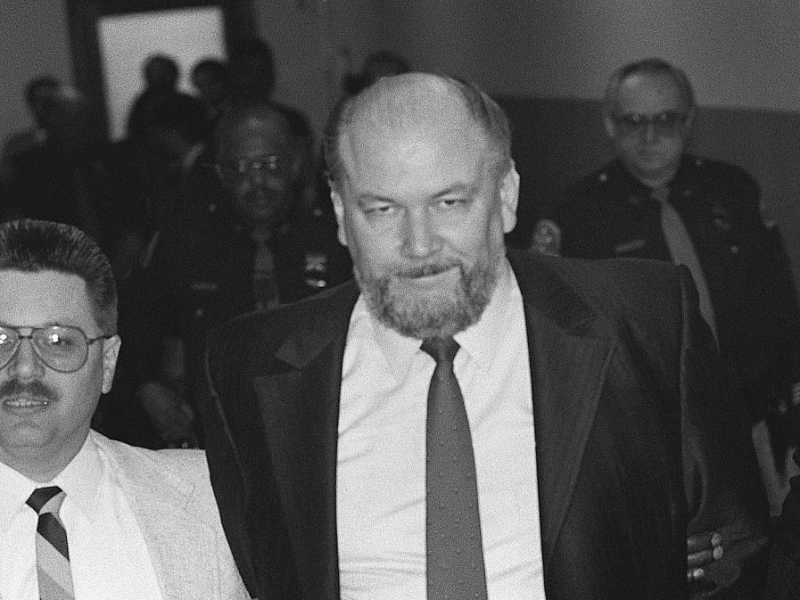
In season one, episode eight, the Behavioral Analysis Unit (BAU) hunts down Vincent Perotta. The fictional Perotta was a gangster and hitman that came from an abusive background and used gruesome methods of killing his victims, including one unlucky victim that was eaten alive by rats.
Perotta may have been inspired by the mobster and serial killer Richard Kuklinski. The real-life Kuklinski also came from an abusive background and went on to work with the Gambino crime family as an enforcer. Throughout his career in organized crime, Richard claimed to have killed "up to 100 people," according to the New York Times. Kuklinski also said he would sometimes leave victims to get eaten alive by rats, according to The Inquirer.
In 1988, a jury found him guilty of four murders (he was later convicted of a fifth murder in 2003) and he was sentenced to consecutive life sentences at Trenton State prison. He died while incarcerated at the age of 70 in 2006.
The Night Stalker's gruesome crimes were seemingly brought to life in "Our Darkest Hour" (season five, episode 23).
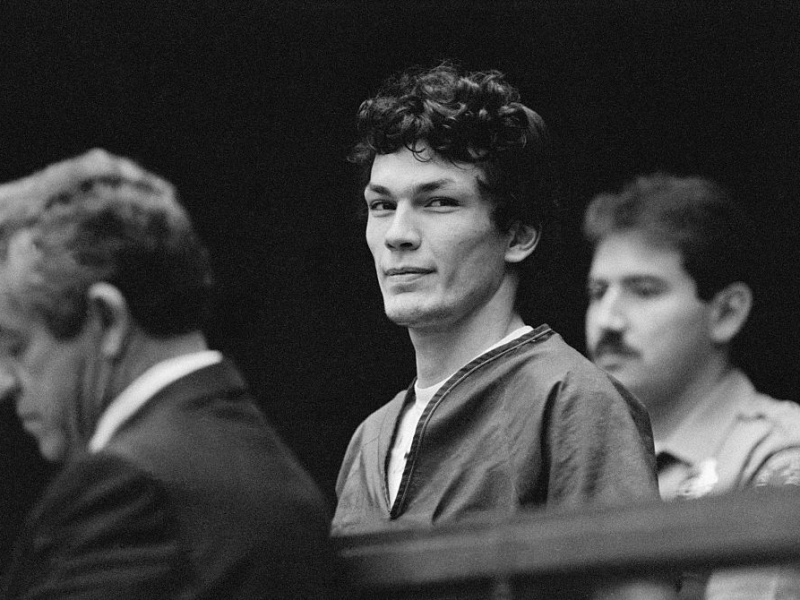
The inspiration behind the fifth season's episode "Our Darkest Hour" seemed to be convicted California killer Richard Ramirez.
In this episode, the fictional Billy Flynn kills, rapes, and robs his way around the United States, though the episode focuses on his two California murders. Flynn's method of committing crimes in the episode was to break into homes and attack his victims while the power was out and they were in total darkness. In one particular instance, Flynn kills a woman but leaves her child alive.
The episode was reminiscent of the "Night Stalker" serial killer, Ramirez. The real-life Ramirez, who committed his crimes in California, murdered his victims during home invasions, typically during the very early morning hours. In one instance, he bound and raped a mother as her 12-year-old son was locked in a closet.
Ramirez was convicted in 1989 for 13 murders, five attempted murders, 11 sexual assaults, and 14 burglaries and was sentenced to death, though he died of natural causes before his execution took place in 2013.
There are two episodes with suspects similar to the Unabomber.
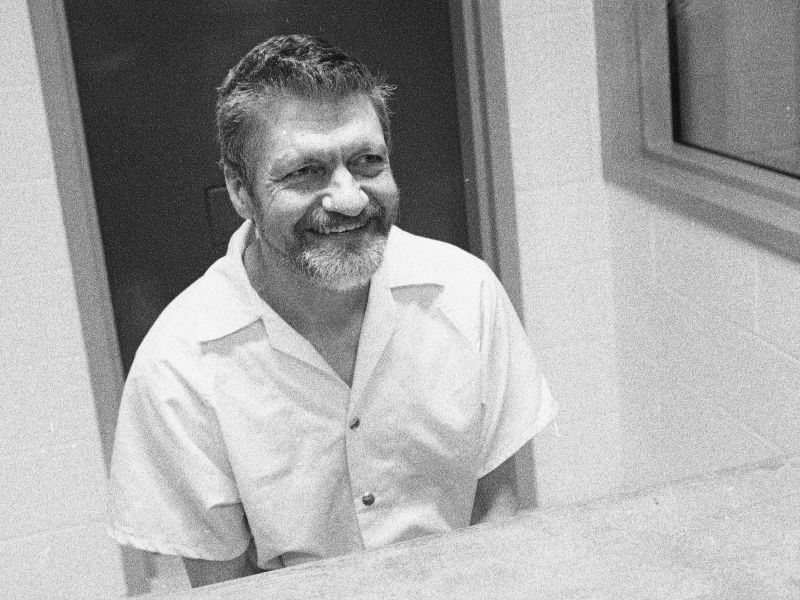
The season two, episode eight "Criminal Minds" episode "Empty Planet" is about a serial bomber who hates technology. In the episode, the fictional killer uses a pipe bomb to blow up a bus in Seattle, Washington. The FBI agents later determine the unnamed man targets specific people in the academic world.
The real-life Unabomber, Ted Kaczynski, constructed bombs from a small shed in the woods to be used in his "anti-technology" raids. Kaczynski once outlined this hatred of technology and its destruction of the environment in a published 35,000-word manifesto. The Unabomber sent multiple bombs and letters terrorizing victims who had survived his attacks. Kaczynski eventually pleaded guilty in exchange for life without parole. He remains in prison.
"Empty Planet" wasn't the only episode that seemed to allude to the Unabomber. In "A Thousand Suns" (season 10, episode three) the team hunts down a mathematical genius that lives in the middle of nowhere and turns towards radical terrorism to protest society.
"Hostage" (season 11, episode 14) features similarities to the crimes committed by The Monster of Cleveland.
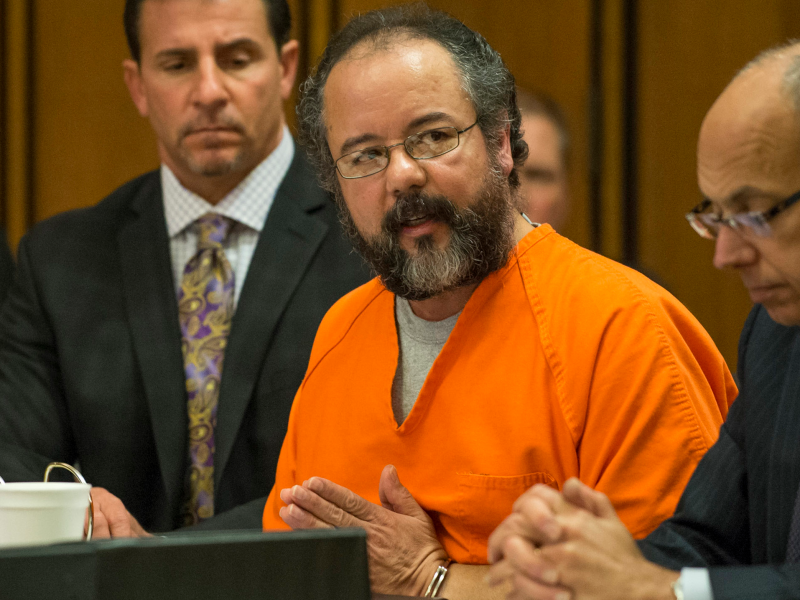
The case on season 11, episode 14 of "Criminal Minds" seems to have a lot of similarities to that of Ariel Castro's, also known as The Monster of Cleveland. In this episode, a young woman escapes from a home in which she's been held captive for years. Along with two other women, she was abused and raped by the fictional abductor, Michael Clark Thompson.
The real-life story of Ariel Castro involves the kidnapping of three young women, Amanda Berry, Georgina DeJesus, and Michelle Knight. Castro kidnapped the women between the years of 2002 and 2004 and held them captive in his Cleveland, Ohio, home. In 2013, Berry broke free and was able to contact authorities leading to the arrest of Castro.
Though initially charged with 977 counts, including aggravated murder on suspicion of ending the pregnancy of one of his captives, rape, and kidnapping, Castro eventually took a deal pleading guilty to 937 counts. He was sentenced to life in prison without parole plus one thousand years.
Castro died by suicide in his cellin 2013.
"True Genius" (season seven, episode 11) features a Zodiac Killer copycat.
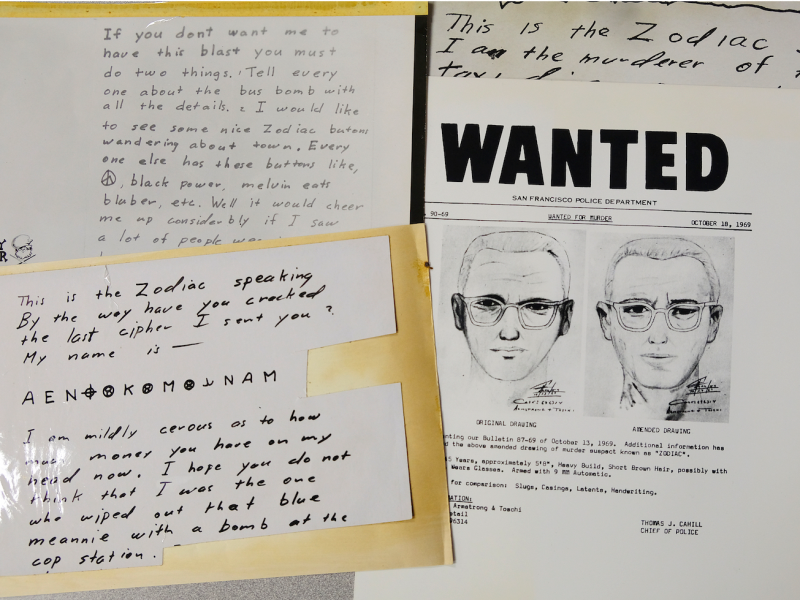
Unlike other episodes of "Criminal Minds" that seem to be loosely based on real-life crimes, "True Genius" follows the Behavioral Analysis Unit as they hunt down a Zodiac Killer copycat.
In this episode, the criminal expertly recreates the Zodiac Killer's crimes and attempts to convince the team that he is the real Zodiac Killer. He follows the Zodiac Killer's trademarks such as sending strange public letters filled with threats, making abhorrent demands, and consistently teasing his identity. In the episode, the man is ultimately proven to be nothing more than a murderous fraud.
The identity of the real Zodiac Killer, who is believed to be responsible for a series of murders in the 1960s, is still unknown.
"Unfinished Business" (season one, episode 15) seems to mirror the story of the BTK Killer.
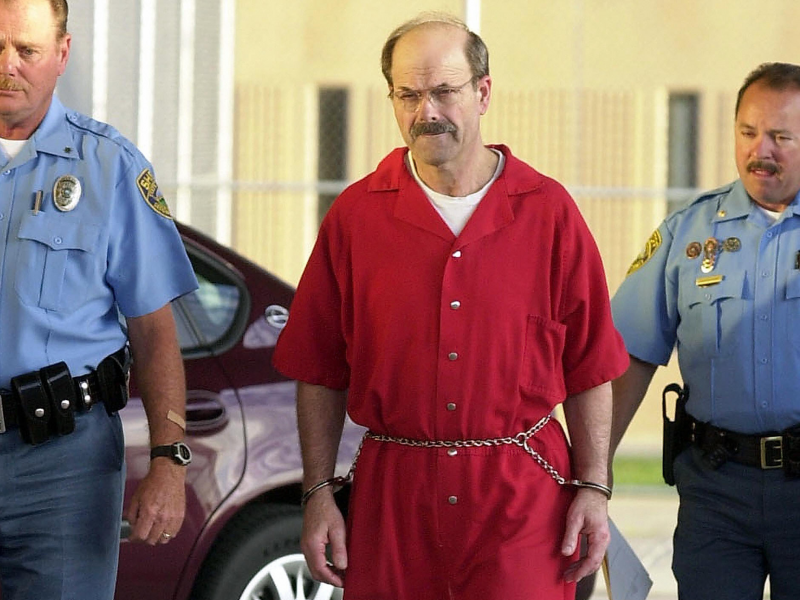
Season one, episode 15 of "Criminal Minds" appears to be inspired by the crimes of the infamous "BTK Killer" (Dennis Rader's self-given name which alludes to his methods of binding, torturing, and killing his victims).
Although there is no mention of Rader in the episode, the fictional Walter Kern's crimes follow a similar pattern to that of Rader's. In the episode, Kern, labeled the "Keystone Killer," is a serial killer gone dormant who revives his crimes nearly two decades later by contacting Max Ryan, a man writing a book on his crimes. Kern sends Ryan two driver's licenses of his victims.
Throughout the 1970s, the real-life killer, Dennis Rader, teased the police, the media, and his victims by sending letters detailing his murders. The letters stopped in 1979 (though Rader continued to murder into the '90s) and he didn't send another one until 2004 when he sent a letter to the Wichita Eagle newspaper. The letter included a copy of Vicki Wegerle driver's license, a murder victim of a 1986 previously unsolved crime.
DNA evidence eventually led to Rader's arrest and he pleaded guilty to 10 murders. He was sentenced to 10 consecutive life terms in prison. He remains incarcerated.
Ted Bundy's crimes seemed to inspire "Doubt" (season three, episode one).
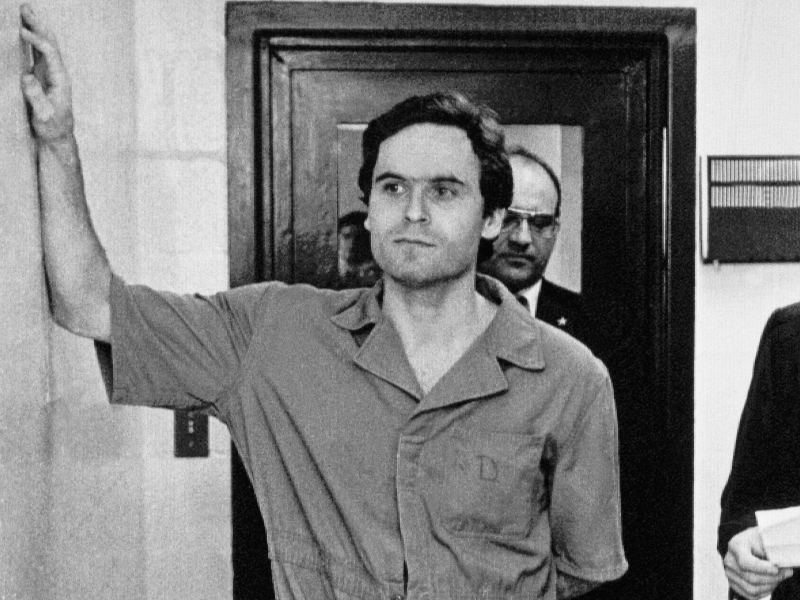
The first episode of "Criminal Minds" season three, titled "Doubt," seems to reference the crimes of Ted Bundy.
In the episode, fictional serial killer Nathan Tubbs hunts women at the college he works for. Tubbs works as a security guard in order to stalk his victims and is dubbed "The Campus Killer."
In real-life, authorities say Bundy confessed to 30 murders across the US, though he is suspected by experts to have killed over 100 people. The serial killer seemed to mostly prefer college-aged women and he received the death penalty for murdering Margaret Bowman and Lisa Levy, both members of the Chi Omega sorority house at Florida State University. He also used deceit to lure his victims, once even dressing as a police officer to earn a victim's trust.
He was also convicted of kidnapping Carol DaRonch in 1976 and given the death penalty for the murder of 12-year-old Kimberly Leach. Bundy was executed in 1989.
"To Hell ... And Back" (season four, episode 25) seems to be inspired by Robert Pickton.
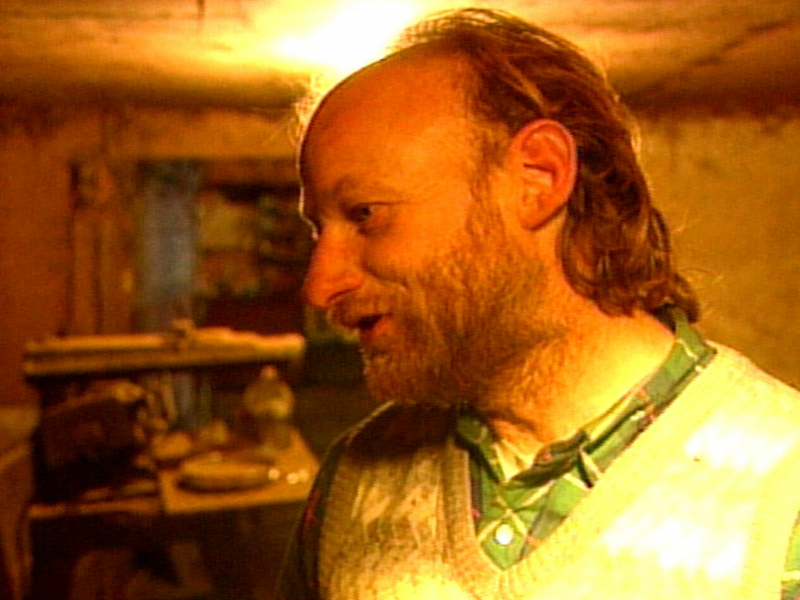
In the "Criminal Minds" episode "To Hell ... And Back," the team heads to Canada and hunts down a killer targeting people who are sex workers or experiencing homelessness and addiction. The hunt leads them to a pig farm where it's determined that the murderer has been feeding his victims to the omnivorous pigs.
The story appears to mirror that of Robert Pickton. Pickton, a Canadian pig farmer, was arrested after officers received a tip that Pickton was selling illegal weapons. When investigators raided his farm, they found items from Canada's missing women.
After his arrest, Pickton sat in a Vancouver jail cell and told his cellmate, who was actually an undercover officer, that he'd almost reached his goal of killing 50 women.
Pickton was convicted in 2007 for second-degree murder in the deaths of six women and sentenced to six concurrent life sentences, with no eligibility for parole for 25 years. The conviction was appealed twice by Pickton's lawyers but ultimately unanimously rejected by Canada's Supreme Court.
Parts of Jeffrey Dahmer's crimes may have inspired "There's No Place Like Home" (season seven, episode seven).
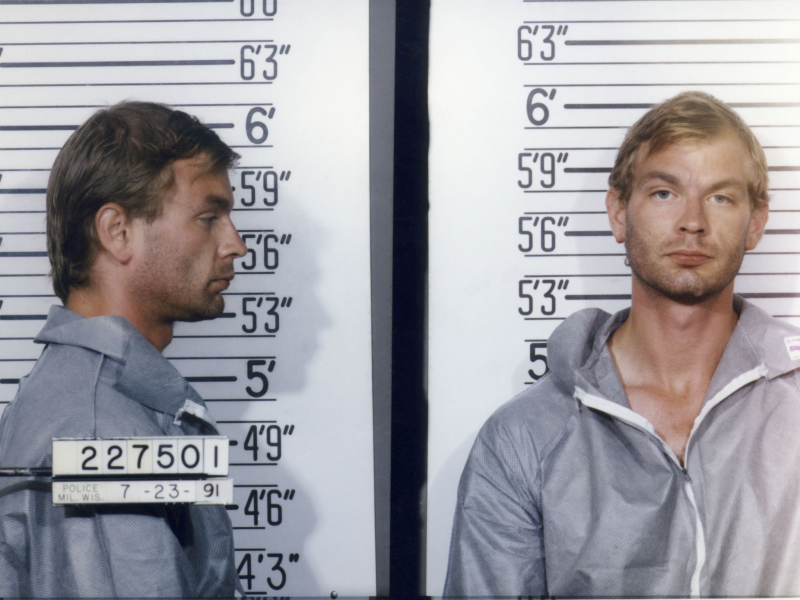
Titled "There's No Place Like Home," the crimes on season seven, episode seven of "Criminal Minds" have a lot of similarities to Jeffrey Dahmer's murderous crimes.
In the episode, the team investigates Travis James, who targets young boys. The fictional James lured the boys to his house before killing and dismembering them. The episode further alludes to the fact that James was abused when he was younger.
Jeffrey Dahmer, an American serial killer, targeted young boys and dismembered them, keeping their remains in his apartment.
In 1991, when police encountered Tracy Edwards, one of Dahmer's victims, running down the street handcuffed, they went to Dahmer's apartment and found severed heads, seven skulls, and a 57-gallon drum containing decomposing bodies, according to History.com.
Dahmer later confessed to killing 17 people and, after the jury rejected Dahmer's insanity defense, he was sentenced to 15 consecutive life sentences.
Dahmer was killed by another inmate in November of 1994.
